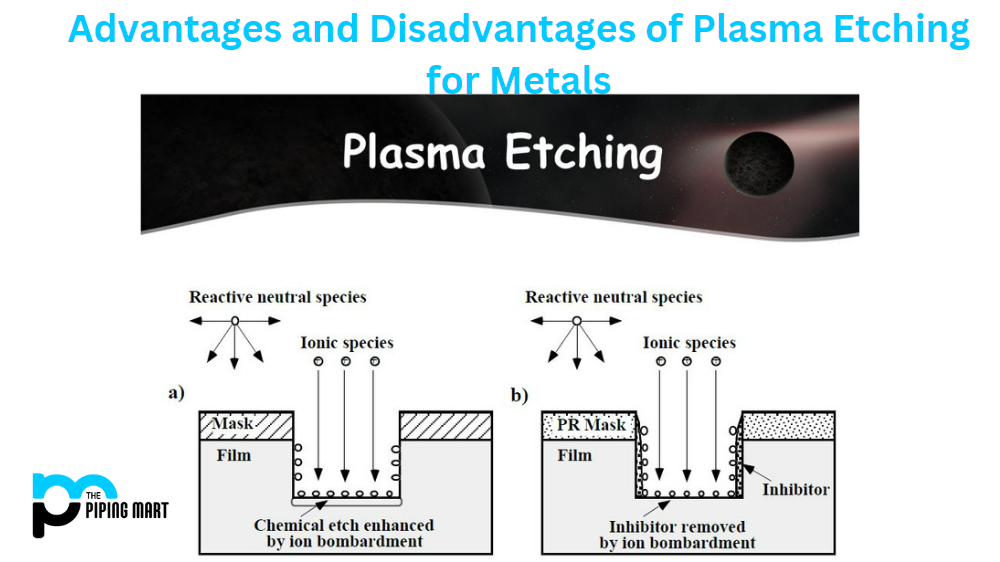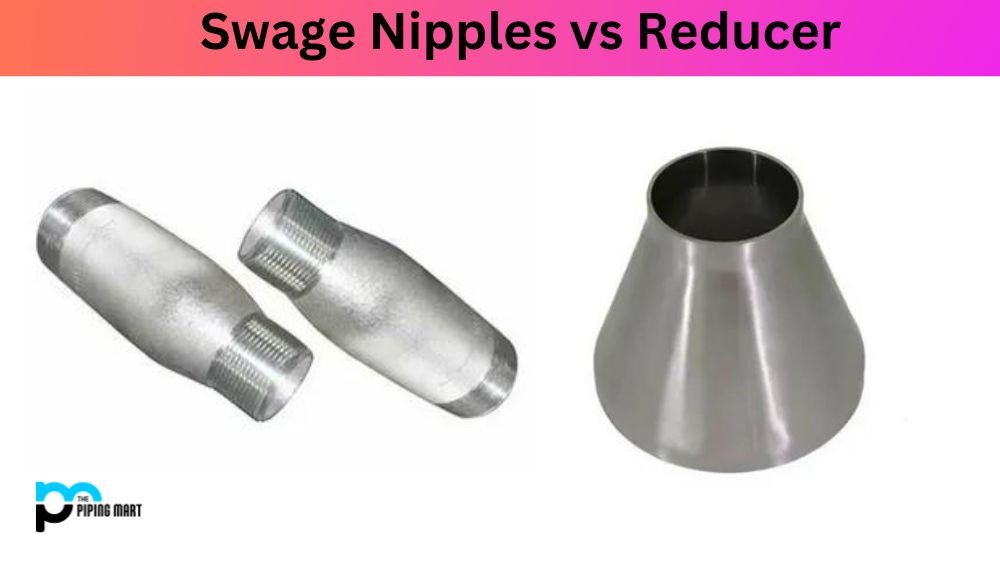What is Reciprocating Pump?
By drawing liquid into a cylinder, a reciprocating pump transforms mechanical energy into hydraulic energy. A piston reciprocates in this pump, exerting thrust on the liquid to increase its hydraulic power.
A positive displacement pump is another name for a reciprocating pump. Because a specific amount of liquid is discharged, it is frequently employed when handling a small amount of liquid and when the delivery pressure is pretty high.
Parts of Reciprocating Pump
-
Cylinder
The piston in the cylinder oscillates back and forth. A connecting rod that joins the piston and crank receives the piston’s moment.
-
Suction Pipe
The water source is what holds the cylinders together. Water can move through the cylinder thanks to the suction pipe.
-
Delivery Pipe
Following the procedure, the water source exits the cylinder and empties through the delivery pipe. The discharge outlet and the pump cylinder are connected via the delivery pipe.
-
Suction Valve
Water enters the cylinder by this valve via the suction hose. It only permits one direction of flow. As a result, it is also referred to as a non-return valve. The suction pipe inlet is where you’ll find this valve.
-
Delivery Valve
Water is released from the cylinder into the delivery pipe via this valve. Also situated between the supply pipe outlets is a non-return valve. During suction, the valve is in the closed position.
-
Piston and Piston Rod
A solid component rotates back and forth inside the cylinder to deliver and suction fluids. At the same time, the piston rod facilitates the piston’s linear movement.
-
Crank and Connecting Rod
A crank is a motor’s connection to a circular disc. At the same time, the piston is connected to the crank by the connecting rod. As a result, the piston moves linearly instead of rotating as the crank would.
-
Strainer
The pump’s strainer, situated at the end of the suction line, is a crucial component. This helps to stop solids from the water source from entering the cylinders.
-
Air Vessels
Cast iron composes the confined compartment. It is double-ended. One end has a base opening via which water enters the vessel cylinder. This pump’s suction and delivery pipes are connected to air vessels to achieve a uniform discharge.
Functions of Air Vessels
- Air vessels maintain a constant, uniform flow of water.
- To lessen the effort required to overcome the frictional resistance in the delivery and suction pipes.
- To operate the pump with separation at high speed.
Working Principle of Reciprocating Pump
The two different operating philosophies are as follows:
- A single-acting reciprocating pump
- A double-acting reciprocating pump
Single Acting Reciprocating Pump
This pump has a cylinder in which a piston oscillates back and forth. The connecting rod is used to reciprocate the piston. The revolving crank and the piston are joined by the connecting rod. An electric motor is used to turn the crank. The cylinder is connected via suction and delivery pipes with suction and delivery valves.
- The suction valve allows the water into the cylinder and
- The delivery valve leaves the water from the cylinder.
Water enters the cylinder during the piston’s initial stroke, also known as the suction stroke, as the crank turns. During a suction stroke, the piston moves toward the right side of the cylinder as the crank rotates from A to C (from 0° to 180°). The cylinder creates a vacuum as a result. The suction valve opens due to the void, allowing the water to enter the cylinder.
The water exits the cylinder during the subsequent stroke, known as the delivery stroke. During the delivery stroke, the piston moves to the left side of the cylinder while the crank rotates from C to A (from 180° to 360°). As a result, the liquid’s pressure inside the cylinder rises. The delivery valve opens, and the suction valve closes due to this pressure. The water is then pushed into the delivery pipe and increased to the necessary level.
Double Acting Reciprocating Pump
A double-acting pump needs two delivery pipelines and two suction pipes. One side of the piston has a suction stroke, and the other simultaneously experiences a delivery stroke. As a result, there are two delivery strokes for every full rotation of the crank, and the pump delivers water to the pipes during these two delivery strokes.
Working on Reciprocating Pump
The connecting rod and crank will rotate as soon as the crank is connected to the power source (motor). The piston will begin moving linearly more quickly as it is connected to the connecting rod. The piston moves to its right when the crank is turned outward, creating a vacuum in the cylinder. The suction valve opens as a result of this. The suction pipe draws the liquid from the source into the cylinder.
Similarly, the piston will travel to its left as the crank moves inward toward the cylinder, compressing the gas inside. The delivery valve now opens due to the pressure that has been created, allowing the liquid to flow through the delivery line.
After the piston has moved to the left, the liquid in the cylinder is released through the delivery valve. The piston advances to the right to create suction as the crank rotate outward once more, and the cycle is repeated.
Types of Reciprocating Pump
The various types of reciprocating pumps are listed here according to their mechanism and power source:
- A simple reciprocating pump powered by hand
- Reciprocating deep well pump using electricity
- Reciprocating single-acting pump
- Pump that reciprocates twice
- Reciprocating pump with three acting
- An air-vessel pump
- Without air vessels, a pump
Difference Between Centrifugal Pump and Reciprocating Pump
The centrifugal pump has a straightforward design, is lighter, endures less wear and tear, requires less maintenance, is less efficient, and may operate at a more incredible speed. Reciprocating pumps are difficult to build, heavier, more susceptible to wear and tear, expensive to maintain, highly efficient, and unable to operate at higher speeds.
Centrifugal pumps can handle unclean water, use less floor area, and are appropriate for large output with tiny heads. Reciprocating pumps can only handle clean water and have a low discharge at high leaders. They also take up more floor space. Centrifugal pumps require priming, do not need air vessels, and run quietly. Reciprocating pumps require air vessels and are challenging to operate without a prime.
Application of Reciprocating Pumps
- Oil drilling activities employ the reciprocating pump.
- In pneumatic pressure systems, it is functional.
- Mostly utilized for pumping mild oils.
- Condensate returns from small boilers are fed through it.

Pipingmart is B2B portal specializes in industrial, metal and piping products. Also, share latest information and news related to products, materials and different types grades to help business dealing in this industry.




